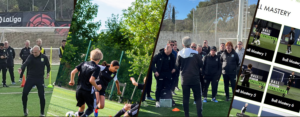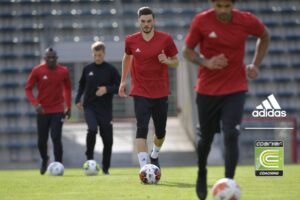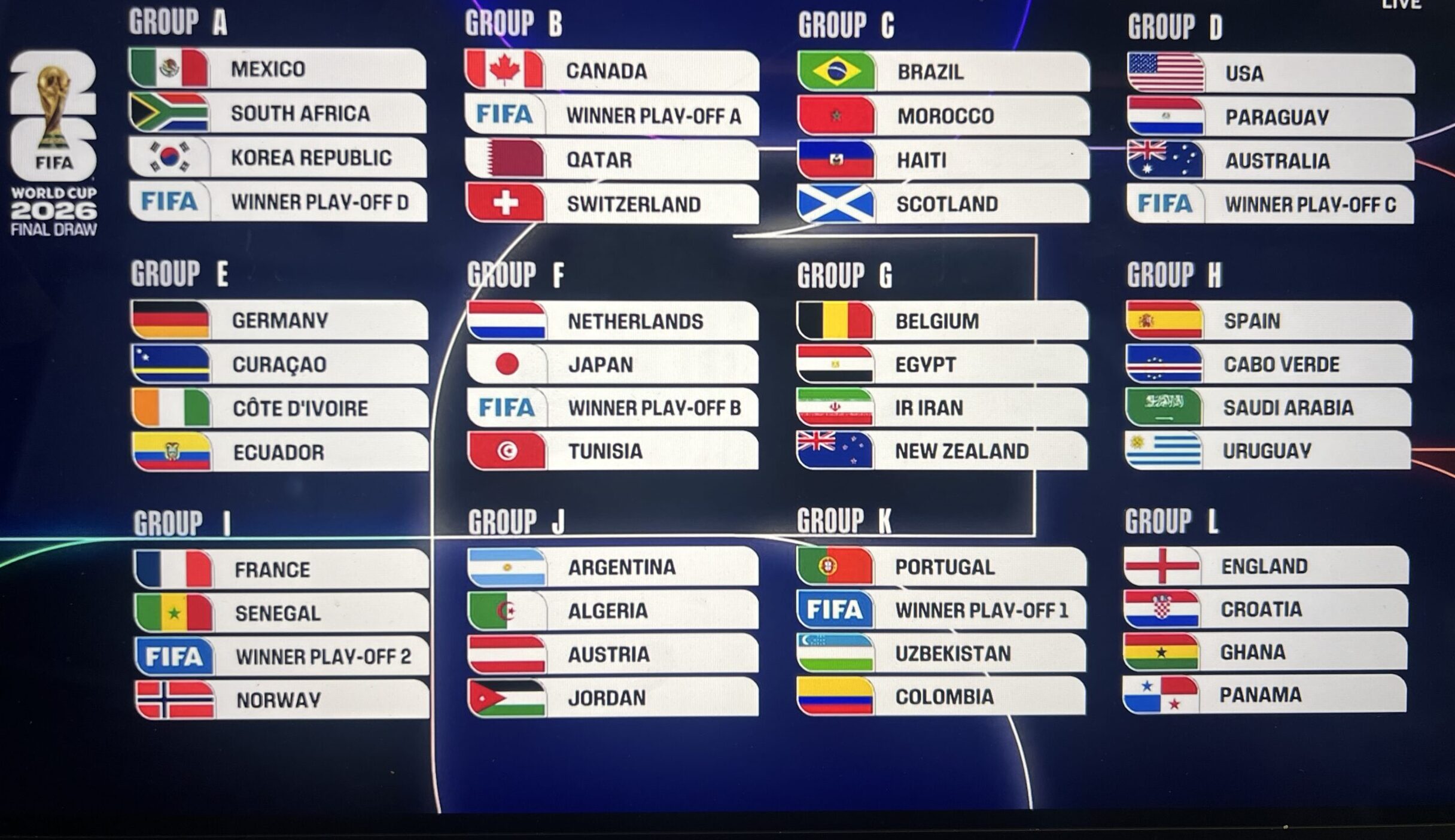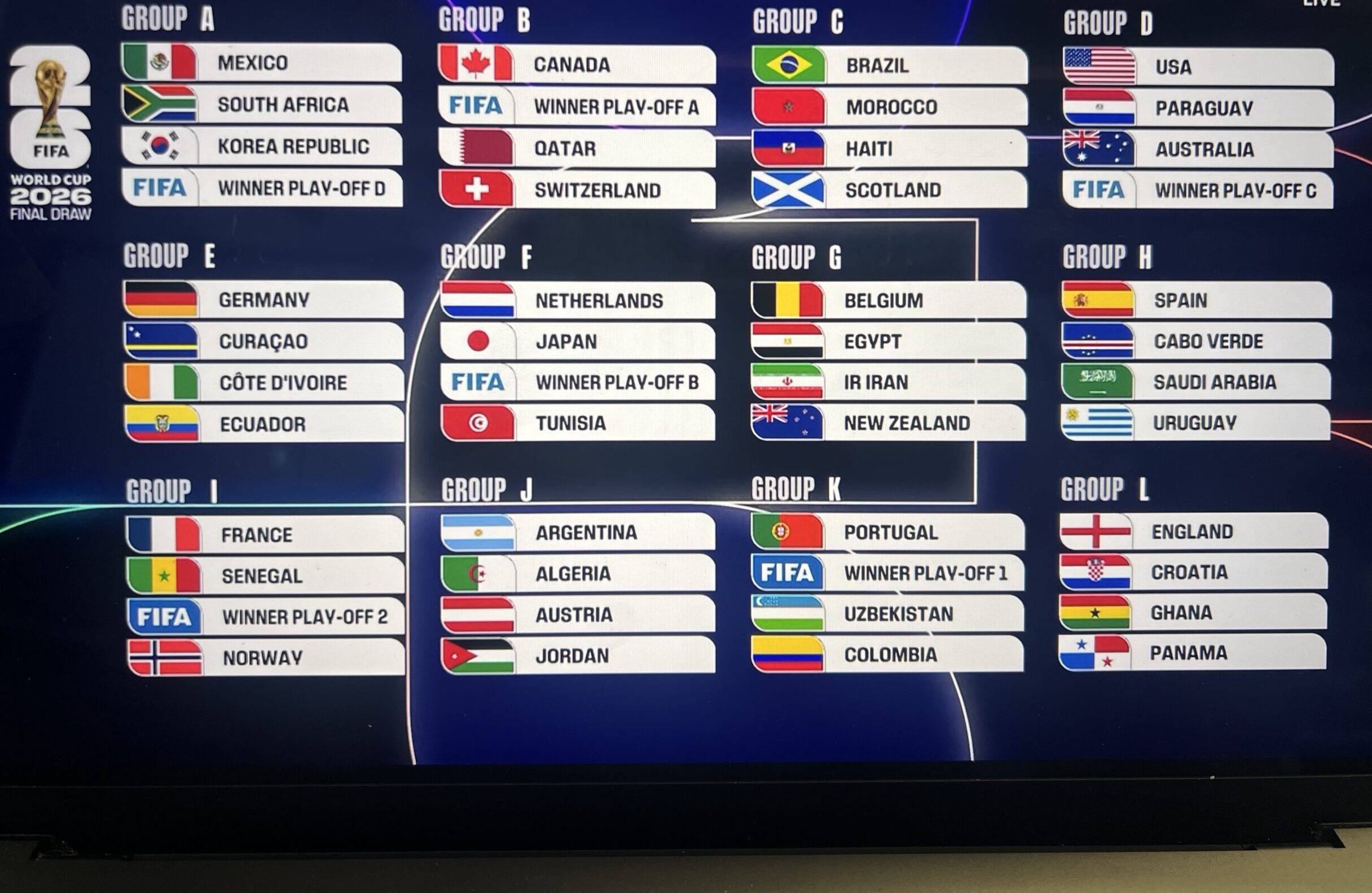| By Ben Yauss
The one question that I get asked on a daily basis from my players is “How can I get faster”. Yes, nearly everyday someone comes up to me and says, “I want to get faster with the soccer ball”. Whether it’s a proven player like Landon Donovan, who understands what it takes to maintain a peak level of fitness, an up and comer like Omar Gonzalez, who is looking to establish himself on both the domestic and International level, or incoming rookies and academy players, who are looking to take the next step in their playing careers. The common idea is that they all recognize the importance of speed training and how training for speed is a crucial based off the demands they encounter on the soccer pitch. While most would argue that soccer is an aerobic endurance based sport, over the course of a 90 minute match a player will make anywhere from 50 to 150 high intensity runs on average. Those high intensity runs usually consist of sprints of mostly short 5 to 15 yards and last between 3 and 5 seconds. So what does that mean? It means that speed is integral to both the physical demands of soccer and the physical demands we must train in our players. In order to train speed we first need to look at what speed is and how speed can benefit us. Speed is a product of Stride Length (the distance you cover with each step) and Stride Frequency (the number of steps you take in a certain time period). So, when we apply a force into the ground the product of that force is our stride length and frequency. In order to optimize our speed we must look to apply greater force to the ground by performing speed training programs and strengthening those movements we can improve our stride length and frequency, and therefore increase our speed. So how do we train speed? Speed training drills are an excellent method for improving running form, technique, and power output. There are several key components that make up a good speed training program: 1) Prehab and Corrective work All of these components when incorporated into our training programs are going to reduce injuries, help with our form and movement mechanics, and allow us to strengthen the necessary movements to be more efficient, powerful, and fast when we are on the pitch. So what are some specific drills to work on speed? The key to designing and implementing speed drills is being able to apply it to a specific movement or game situation. When we are training for speed we shouldn’t just be training the muscle but the movement of the muscle. The following is an example of a typical soccer speed training session that I take the LA Galaxy through: Glute Activation 1) MiniBand linear and lateral walks x10 yards Movement Prep (Dynamic Warm Up) 1) Knee Hugs x5 Neural Activation 1) 2 Inch Runs in Place x2 Movement Skill 1) Wall Drills a. Posture Hold x20sec Movement Strength 1) Resisted March x15 yards This type of speed training program can be performed 2 to 3 times a week and can serve as a warm up for that days training session. The key to this program is focusing on muscle activation, correct mechanics, and strengthening the muscles in the necessary movement in order to improve our speed. Put quite simply sport is movement and soccer is no exception. The movements needed to play soccer make it one of the most demanding sports in the world and one of the most demanding sports on our bodies. It is a sport that requires us to accelerate, decelerate, cut, change direction, and accelerate again. It’s a sport that requires are movements to be explosive and powerful at times and fluid and efficient at others. Soccer is a sport that requires us to have a solid aerobic (endurance) base but also to have an element of speed when performing all these necessary movements. Speed, and the movements most associated with speed, often get overlooked in our training programs. Most coaches and players still want to focus and spend the majority of their training working on their aerobic endurance. However, if you look at the movements needed to play soccer and the demands of the game, all of those short sprints, we as coaches need to incorporate more speed training programs in our practices so players will be ready for those bursts of speed. These speed training programs will result in a faster and more powerful and explosive players on the pitch. Ben Yauss is the Strength and Conditioning coach for the LA Galaxy and works at www.athletesperformance.com. Yauss is a Certified Strength and Conditioning Specialist (C.S.C.S.) through the NSCA and a Certified Personal Trainer (C.P.T.) through the American Council of Exercise. |
Training Soccer Players for Speed















